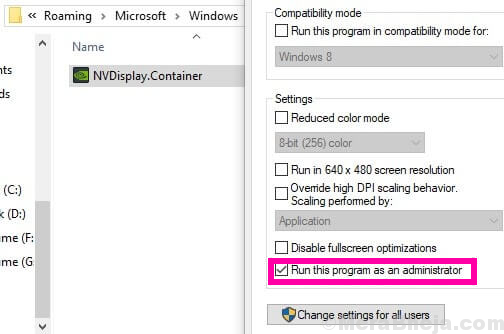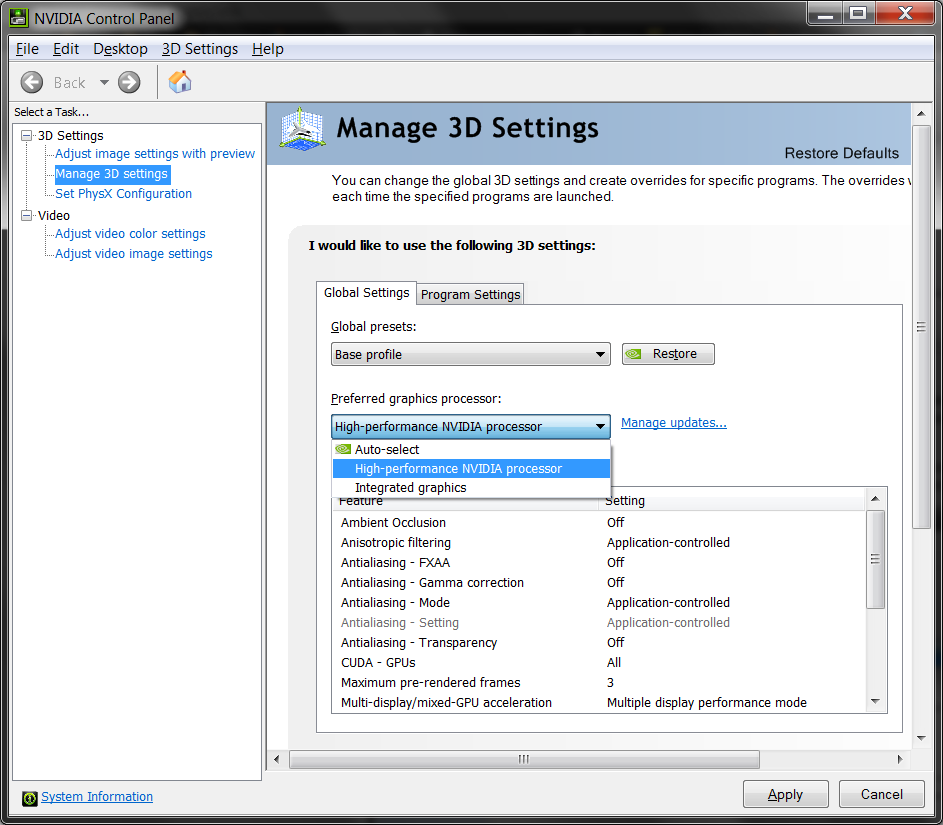


From here, choose the NVIDIA Control Panel icon.Alternatively, you can head to your Windows Control Panel.Search for the NVIDIA control panel and look for the right icon in the search results. Use the search bar or press the Win+S keys. Unhiding the control panel is fairly simple.

This can make it appear like the NVIDIA control panel is missing when it is simply hidden. Sometimes, a third-party application could also force hide the NVIDIA icon in the tray. People often do this themselves without realizing it. The control panel can often simply be hidden from your system tray. If you keep encountering control panel problems, try the fixes below: Try Unhiding it in System Tray And addressing them usually tends to fix the issue. However, they do tend to be the most frequent. Technology can often behave in unexpected ways. These are not the only causes behind an NVIDIA control panel issue. Some general bugs are associated with Windows 10.NVIDIA control panel could have become corrupted.Windows registry could be incorrect or missing.Outdated or incompatible device drivers.Instead of using “Trilinear optimization,” just set “Texture filtering – Quality” to “High quality” or “High performance,” depending on how powerful your system is. If you’re suffering performance impact because of anisotropic filtering, you could try turning on “Anisotropic sample optimisation.” “Negative LOD bias” is only really useful for OpenGL games and doesn’t offer anything that anisotropic filtering doesn’t do better. Texture filtering: related to anisotropic filtering, texture filtering broadly improves the appearance of flat textures during gaming. It doesn’t use a lot of hard drive space and can have a positive impact on your game. Shader Cache: stores crucial shader files for games on your hard drive, potentially improving performance and reducing load times. This is louder and more strenuous on the GPU. “Maximum performance” keeps GPU running at a higher power. “Adaptive” lowers and raises GPU clocking depending on game. Power management mode: “Optimal Power” conserves frame rendering/GPU load when PC is idle. If the game is compatible with MFAA, you basically get a free anti-aliasing boost. Multi-Frame Sampled AA: increases anti-aliasing without performance drops.


 0 kommentar(er)
0 kommentar(er)
